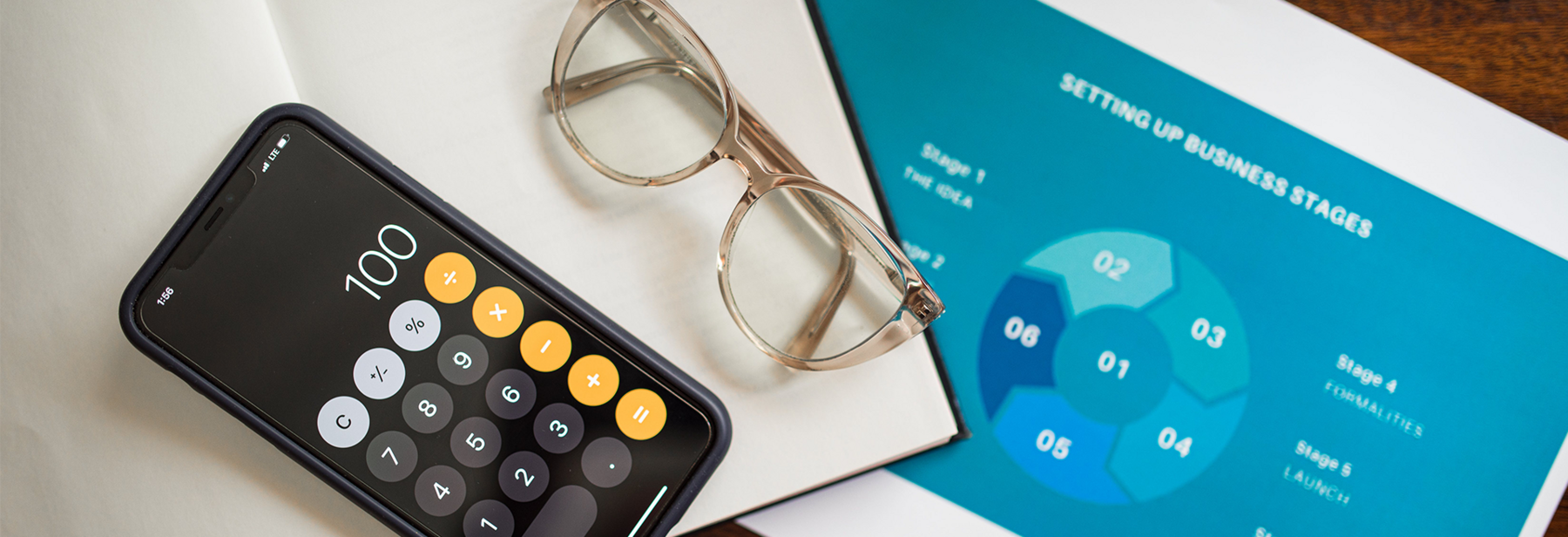
Hub-of-All-Things: Breaking Data Silos for a Better Service
The advent of the Internet-of-Things (IoT) in today’s world of connected things and connected people has made it possible for firms to harvest lots of real-time customer data – information from people and objects, and indeed everything.
This is compounded by individuals spending much of their time generating data for others about our lives, placing more and more data about ourselves “on the internet” with firms who are providing services to us. Not surprising then, that each of us has a huge digital footprint.
Even as we are becoming increasingly concerned about the privacy, security, and confidentiality of our own data, we also find that we get almost no value from it. Similarly, although firms are able to collect more and more personal data from us, they get relatively little value from it. This data is often of questionable quality and a lot of processing is needed to convert this “big data” into useful insights on customer trends.
So how can we connect our personal data and look at it all together, to give real insight into the way we live our lives, so that we can make better informed decisions as well as enable firms to come up with more relevant and personalised offerings for our lives? And how do we do so in a safe and privacy-preserving manner?
These are some of the key questions addressed by the Hub-of-all-Things (HAT) multi-disciplinary research project, whose researchers, funded by the UK government, have spent the past 2.5 years building a multi-sided platform for personal data. The HAT personal data platform enables individuals to collect our own data through IoT-enabled objects, and to organise, visualise, control, and exchange this data in the context of our lives – managing our digital selves and putting ourselves at ‘the hub of all things’.
By giving individuals the computational ability to organise our digital assets through a secure platform that enables us to retain control of how we share our data with whomever we choose, the HAT allows us to get the best value from our personal data. It helps us to understand our wants and actions in the context of our lives to make better decisions, and by permitting the exchange of this data with firms, to access offerings more suited to how we live our lives.
This data exchange through the HAT allows firms to better understand the context of their customers’ consumption, enabling them to gain greater insights into customer wants. They are then able to offer customers great products or services that support exactly what they want, when they want it; this provides a big market discriminator and opens up new market opportunities. Better still though, by empowering their customers in returning control of their personal data to them, firms are able to build a better relationship of trust with their customers, thus creating goodwill and loyalty.
With the completion of the research project in Nov 2015, the HAT has now been handed over to the HAT Foundation, a social enterprise that will take forward the next phase of the HAT’s technology for its eventual commercialisation and global rollout in 2017. The Foundation’s operational arm, HATDEX, is on track to launch the beta HAT in July 2016, along with the Rumpel hyperdata browser used to view personal data on the HAT, currently being developed through the HARRIET research project. This has been made possible by HATDEX’s successful Indiegogo crowdfunding campaign, which hit its £50,000 funding target ahead of its end-April deadline. The campaign now goes into In-Demand and will continue to grow the community of HAT users, whose volume is necessary for the development of the HAT Marketplace for the trading of personal data on the HAT. Meanwhile, ongoing research on the HAT will also continue through the UK government-funded HAT Living Labs (HALL) project, which will focus on Business Model Innovation within the HAT ecosystem.
The HAT enables the forging of an entirely new social and business contract between individuals and firms in the context of the IoT, one that potentially spurs even more innovation because individuals could be private and secure and firms can offer more innovative services around a mix of all sorts of data. The timing can’t be better as industries are beginning to wake up to the Internet ‘jumping out of the box’ into the physical realm through the Internet-of-Everything. Through the HAT, we can see new ways to create new markets and in doing so, help spur greater growth in the digital economy.
___________
Irene Ng is a Professor of Marketing and Service Systems at WMG, University of Warwick, where she is also director of the International Institute for Product and Service Innovation. She led the Research Councils UK-funded Hub-of-All-Things (HAT) research project as its Principal Investigator, and continues in this role with the HARRIET and HALL research projects.
Irene Ng will be speaking on “Mastering Service for the Future of Things” at Compete Through Service Symposium, October 26-28, 2016, in Scottsdale, Arizona.